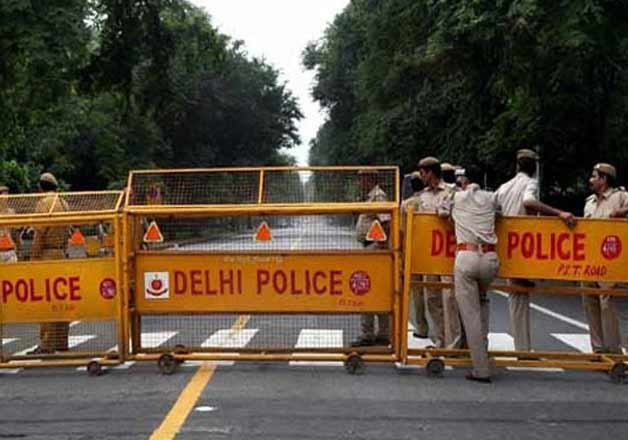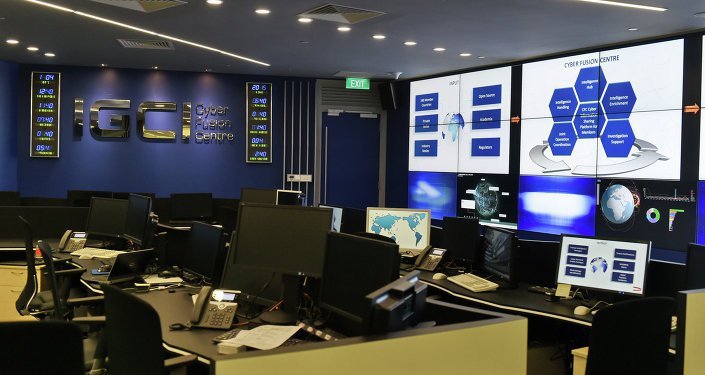The Delhi Police will soon start using space technology for live crime mapping and adopting a “predictive policing” mechanism being developed in partnership with the Indian Space Research Organisation. The system would help in crime control through analysis of relevant data and patterns.
“The Crime Mapping, Analytics and Predictive System (CMAPS) is being operationalised by Delhi Police in partnership with ISRO for effective use of space technology- based tools for ensuring internal security,” a senior police official said on Sunday, February 7.

What is predictive policing?
It is use of mathematical, predictive and analytical techniques in law enforcement to identify potential criminal activity. Its four categories include methods for predicting crimes, methods for predicting offenders, methods for predicting perpetrators’ identities, and methods for predicting victims of crime.
The authorities use data on the times, locations and nature of crime records which provide information to police strategists. On the basis of the data, the system devises the appropriate time and place for police patrolling. Thus it results in the maximum utilisation of police resources which decreases the chances of crime.
Where else has it been implemented?

The present crime mapping process is conducted manually by gathering electronic data at an interval of 15 days. The reports are prepared by the Joint Commissioners and forwarded to Special Commissioner (Law and Order), who then briefs the police chief.
olice officials will be equipped with Personal Digital Assistant (PDA) devices connected to a central processor, which stores records of more than two lakh criminals. It will enable real time access to vital information at the crime scene itself so the officials do not have to go back to police stations for filing reports. It will be also capable of converting every distress call into a digital message with the location of the caller being flashed through global positioning system. The authorities can thus identify gangs in specific areas real time.
For example, if an official needs to know which area is witnessing a large number of chain snatching cases, the specific location can be quickly ascertained and police teams deployed there strategically so such crimes can be stopped.
(With inputs from PTI)

















